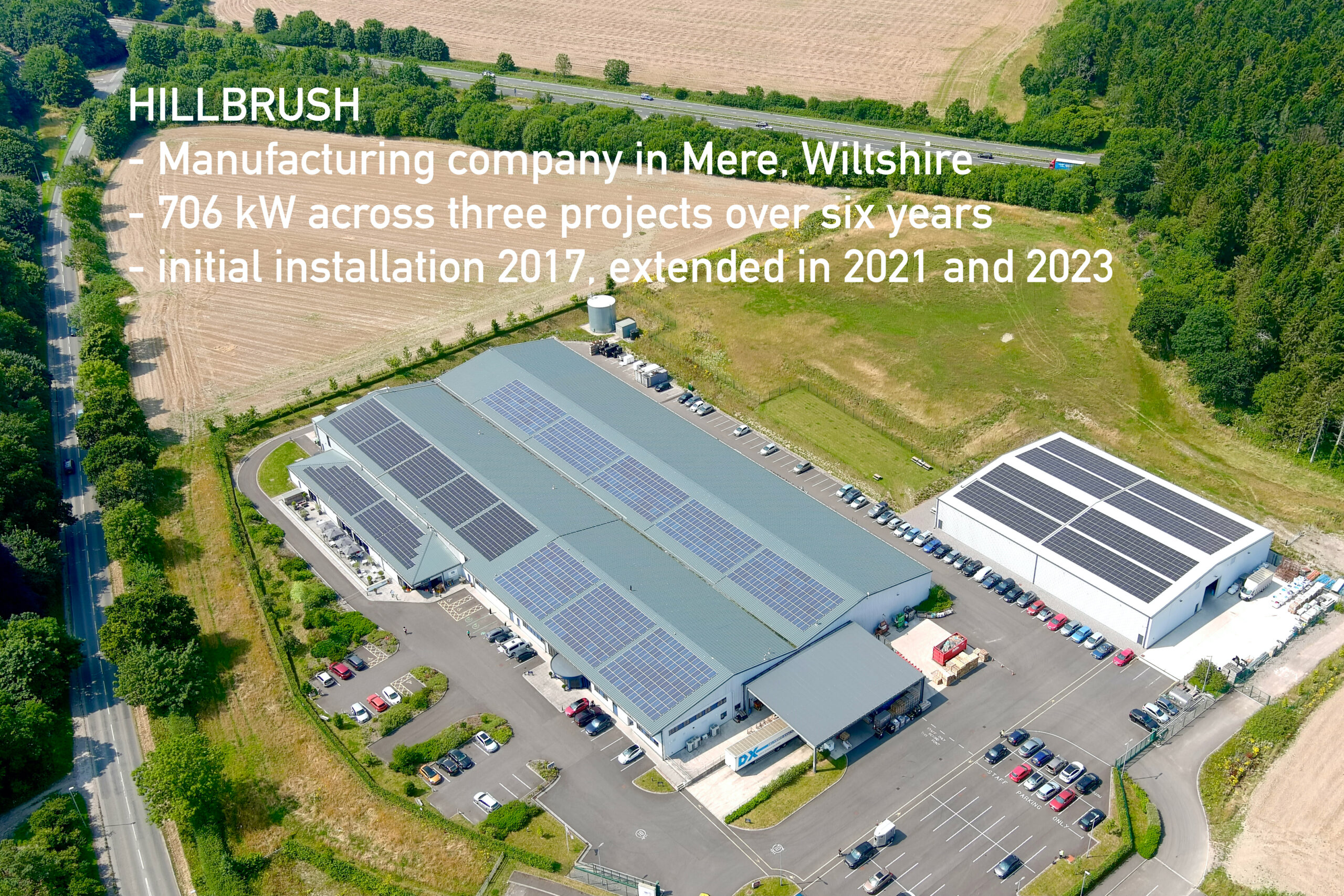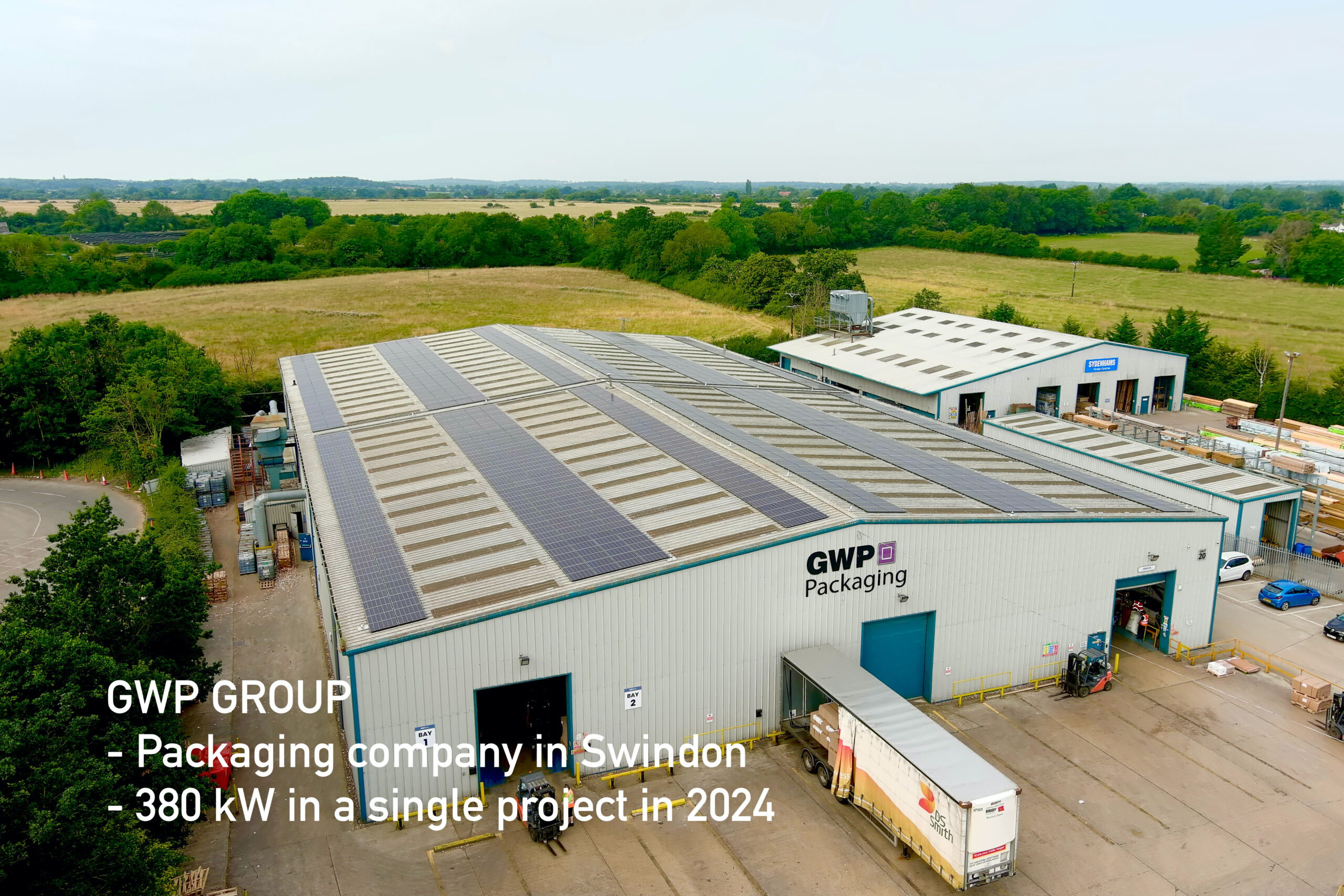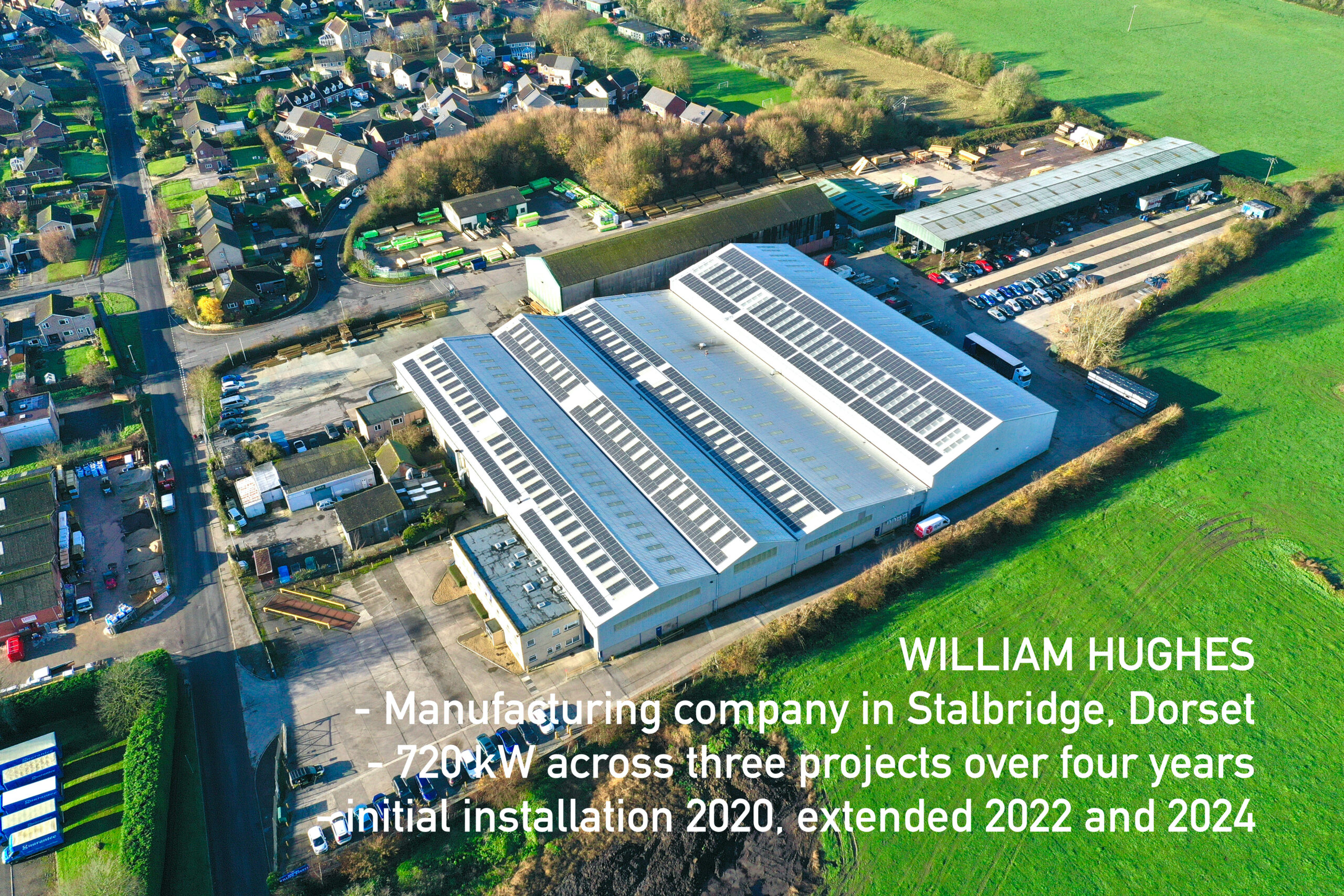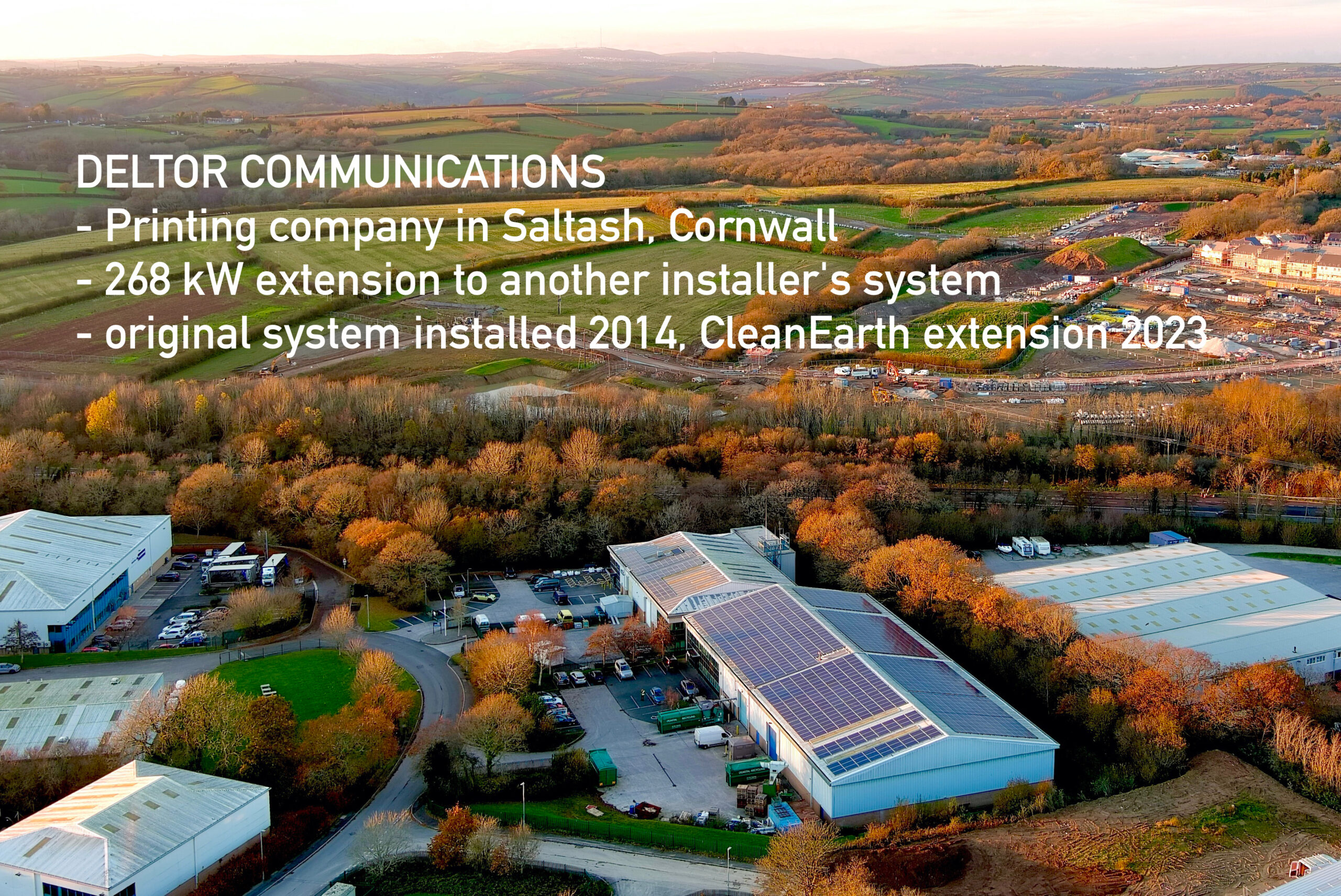The business case for investing in solar generation is easy to summarise: it saves money and reduces carbon emissions. Working out how best to invest is a bit more complicated.
At CleanEarth we’ve worked on solar PV installations with capital budgets anywhere from £10k to £1m, and for businesses of all sizes across a wide range of sectors; so we’re very familiar with the competing pressures that drive each investment decision.
The incremental CapEx approach
While all our clients recognise the financial returns that solar energy can provide, they don’t always have the capital reserves to fully commit from the outset.
Planned upgrades to premises and plants often take precedence, and volatile trading conditions put extra pressure on cash flow. Even with typical payback in five years or less, short-term needs can win out over longer-term investments.
As a consequence, many businesses start small and extend their system when capex allows. Crucially, this allows them to see how the returns match up with projections. These tangible results make for a more compelling argument than paper forecasts.
Theory meets reality
For every project, we model the system’s output over time, mapping this to the energy demand on-site and forecasting the payback period and return on investment. It’s a robust model, refined across more than 750 installations.
By combining detailed forecasts with evidence of real-world results, we enable our clients to invest with confidence. Once they see for themselves that the cost savings and ROI are in line with predictions, it’s an easy step to extend the system and meet a greater proportion of their energy needs through self-generation.
As CleanEarth’s commercial manager, Ed Lennon, says: “A growing proportion of our work involves extending existing PV systems both for our own clients and for those who started with other suppliers. They’ve seen that solar works for them and come back for more.”
All-in from day one
Of course, the staged approach isn’t the only way to tackle self-generation. If circumstances allow, there’s no reason not to commit fully from the outset.
This is usually a question of liquidity and business stability – having both the necessary capital and a clear view of the organisation’s commercial future. In some cases, it can even mean building greater generating capacity than the business currently needs, in anticipation of future growth.
Alternative options for funding
For some businesses it can make sense to arrange an asset finance package instead of committing their own capital. We’ve worked with a number of financing partners who have enabled our clients to invest in renewables without having to call on their own reserves.
Some of our larger installations have been based on a Power Purchase Agreement (PPA), where we install the system and lease the roof-space, selling the electricity it generates back to the client at an agreed rate.
Picking the right strategy
Among these various options here is no single “right” way to approach an investment in solar generation. Every case is different and all the variables need to be addressed.
Ed Lennon believes the key is to keep focused on the needs of the business. “Every project has its own unique set of conditions,” he says. “Our job at CleanEarth is to work out which solution will provide the best commercial and environmental outcomes in the long-term.”
Ultimately it’s all about saving money and saving carbon. Whichever way a business chooses to invest in solar power, it’s clear they can achieve both.
CASE STUDIES
For more details on the projects featured here, please check out the case studies:
Hillbrush
GWP Group
William Hughes
Deltor Communications



